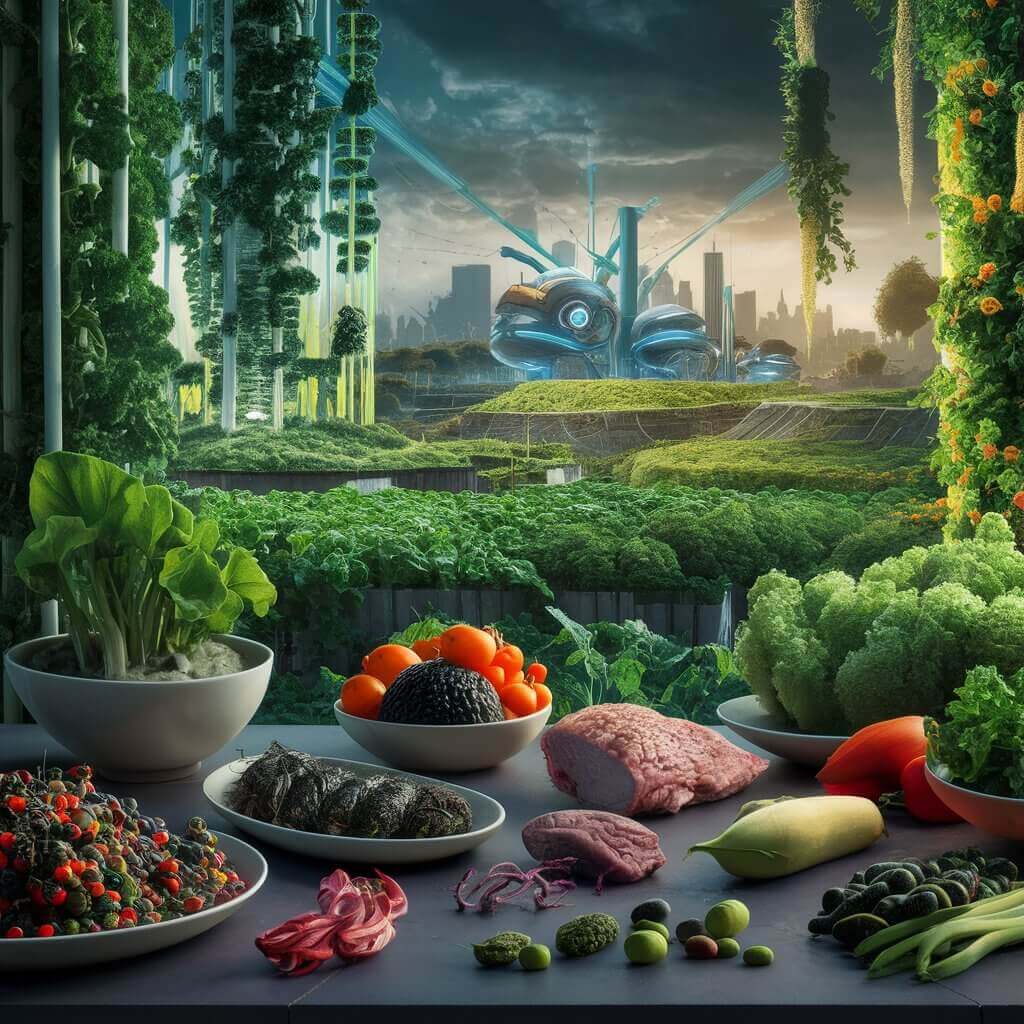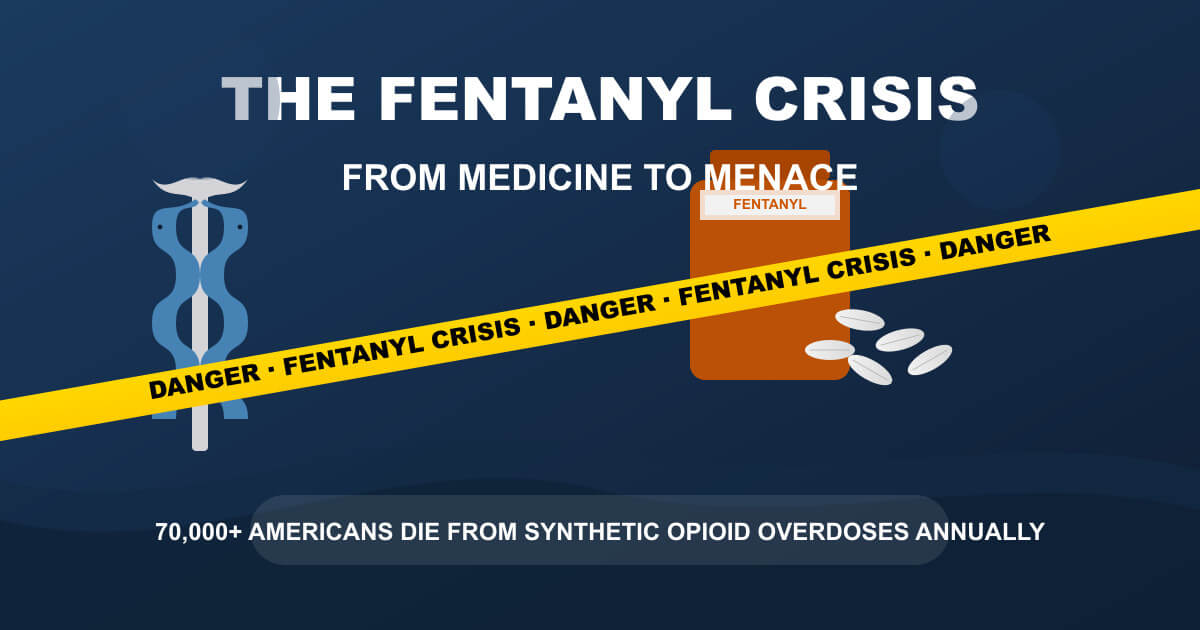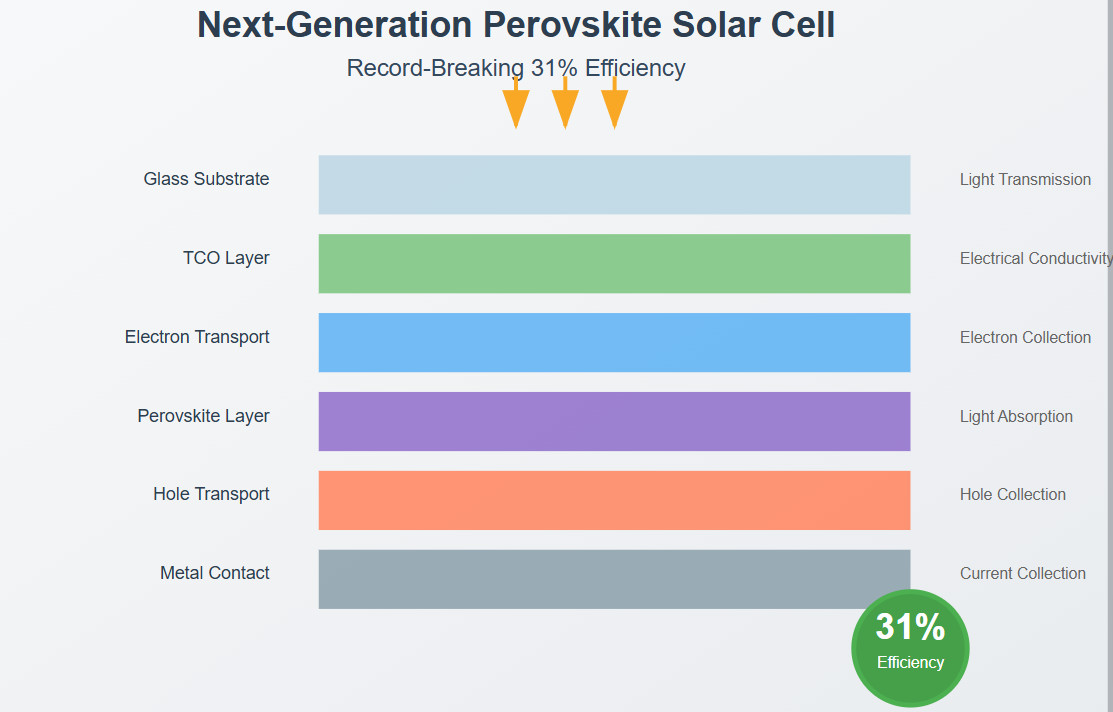As we sit down to enjoy a meal, the once humble act of eating has evolved into a complex dance between taste buds, nutritionists, and sustainability advocates. The future of food is not just about sustenance; it’s about the art of nourishment. With lab-grown meat alternatives and precision-crafted plant-based diets emerging, our relationship with food is poised to undergo a seismic shift. As we navigate this culinary revolution, we’ll need to reconcile our desire for convenience with protecting our planet’s resources.
The Rise of Plant-Based Alternatives
The Growing Demand for Meat Alternatives
Consumers increasingly demand healthier and more sustainable food options, and manufacturers respond with innovative products that cater to their needs. As more consumers opt for plant-based alternatives, it’s no surprise that meat alternatives have become a notable trend.
This phenomenon can be attributed to various factors: the rising popularity of vegetarianism among younger generations creates increased demand for these products; concerns about health risks associated with excessive meat consumption push consumers toward plant-based options; and many people are avoiding animal products due to concerns related to factory farming, animal welfare issues, and environmental impacts.
With this rise in demand for meat substitutes comes new opportunities for consumers looking for healthier dietary choices. Consumers can now find an incredible number of plant-based options at grocery stores and online platforms. They have plenty of resources available that provide information on making healthy lifestyle changes through meal planning, nutrition guidance, or exploring recipes worldwide to cater to taste preferences while keeping in line with a nutrient-rich diet. Keeping these factors in mind, it’s clear that consumers will continue demanding more sustainable and healthier food options.
How Plant-Based Companies Are Revolutionizing the Industry
Innovative plant-based companies are truly revolutionizing their industry by leveraging unique characteristics and advantages to create something entirely new. These revolutionary entities capitalize on experience working with plant-based materials that inherently possess distinct structures and properties not found in traditional food sources.
Their focus on understanding how plants thrive under various conditions drives the development of more robust flavor profiles and a deeper connection to nature’s bounty – this intrinsic curiosity sparks new ideas for sustainable products that harmonize with our planet’s natural rhythms. In contrast, conventional food producers often rely heavily on established techniques passed down through generations without exploring modern discoveries hidden within the plant kingdom.
This approach may lead to stagnant innovation and missed opportunities. The ripple effects of these paradigm shifts have far-reaching implications for the industry. By embracing nature’s wisdom and botanical secrets, pioneers create products with unparalleled qualities that reinvigorate our collective understanding of culinary arts and their place within eco-friendly frameworks.
Innovations in Meat-Free Technology and Their Impact on Food Production
Just as consumers increasingly seek alternatives that mimic the taste and texture of meat, food production companies have responded by innovating new technologies in plant-based ingredients. These innovations involve using enzymes to break down plant fibers into more complex structures that closely resemble animal muscle tissue.
This breakthrough has led to a greater variety of flavors and textures in meat-free products – it’s like having your cake and eating it too, with options ranging from ground “beef” burgers to chicken-like tenderness without needing poultry. By leveraging these plant-based innovations, food producers can more effectively cater to consumers’ desires for healthier yet still satisfying meals.
Now that we’ve tantalized our taste buds with this new world of flavors and textures, we find ourselves primed for a culinary exploration – one that promises nothing but innovation as possibilities unfold.
Lab-Grown Meat Revolution
The Benefits of Lab-Grown Meat
After understanding the complexities and nuances surrounding lab-grown meat, its benefits are quite apparent. The production of traditional farm-raised meat often has significant environmental impacts – deforestation for grazing land, greenhouse gas emissions from livestock waste, and water pollution caused by factory farms.
Lab-grown meat offers an alternative to reduce these ecological footprints. Optimizing the cultivation process using biofabrication techniques eliminates the need for antibiotics in farming animals’ diets, leading to reduced antibiotic resistance in humans too.
Lab-grown meat doesn’t require any more land use, water consumption or energy intake than traditional agriculture – it’s a way of sustainable food production. Cultured meat can be produced using cell cultures grown from animal cells harvested while they are still young and healthy, minimizing the risk of diseases being transmitted through farming practices. It is clear that lab-grown meat holds significant potential to revolutionize our relationship with meat consumption.
How Companies are Adapting to Meet Consumer Demand
Companies are adapting to meet consumer demand by focusing on quality, sustainability, and cost-effectiveness. In recent years, advancements in animal breeding have enabled precise control over gene expression and protein production. These innovations include improved growth rates for tenderer meats, enhanced nutritional profiles with vitamins like B12 and omega-3 fatty acids, and tailored levels of marbling fat distribution on the muscles.
Sustainable Farming Practices
Soil Health and Microbial Ecology
When we take a closer look at our soil, it’s not just a physical medium for plants to grow roots. It’s also a thriving ecosystem teeming with microbial life that plays crucial roles in breaking down organic matter and communicating through complex networks.
These microbes break down organic matter, making nutrients available for plant growth, and even communicate like they have their own social structures to follow. When we focus on sustainable farming practices, especially soil health and microbial ecology, we support these microscopic communities rather than just improving the physical properties of our soils.
By adopting techniques like no-till or minimal tillage methods and cover cropping strategies that encourage diverse microbe populations, we create an environment where beneficial microbes thrive, which in turn supports soil biota’s functions and resilience. In fact, using techniques such as crop rotation strategies that promote diverse microbial life has been shown to improve nutrient uptake efficiency and soil fertility.
Organic Amendments for Efficient Nutrient Uptake
The widespread adoption of organic amendments in modern farming practices has led to increased crop yields and improved soil health. By understanding the intricacies behind these methods, farmers can make informed decisions on the amount of fertilizer to apply at planting time.
It’s crucial that farmers identify which nutrients are deficient in their fields and then select a suitable amendment that addresses this issue. Effective nutrient uptake begins with proper pH levels in the growing medium, followed by precise application rates based on soil type and plant requirements.
Farmers must also recognize various factors that influence nutrient availability during critical crop development stages. Moreover, incorporating organic amendments into their existing farming practices will improve fertilizer efficiency while minimizing potential environmental risks associated with synthetic applications. The next stage in optimizing fertilization is to focus on optimizing nitrogen levels for optimal yields and explore methods to reduce nitrate pollution.
Food Technology and Innovation
Harnessing Artificial Intelligence for Precision Agriculture
It’s exciting to explore precision agriculture, where farmers harness artificial intelligence to optimize crop growth and minimize losses. This fusion of computer science and agriculture exemplifies innovation driving progress.
Precision farming relies on data analytics to pinpoint areas where crops are most susceptible to pests or diseases. By identifying these hotspots, AI algorithms generate targeted treatments through pest-control methods such as insecticides or other biological control measures.
With precision irrigation systems, farmers can optimize water usage by monitoring soil moisture levels in real-time. This ensures crops receive the precise amount of water necessary for optimal growth.
Bio-Inspired Food Production Technologies for Sustainable Nutrition
The desire to create a sustainable and nutritious food system drives the development of bio-inspired food production technologies. By leveraging nature’s principles, we can design systems that mimic its efficiency, flexibility, and robustness.
Bio-inspiration draws upon natural systems’ ability to thrive in complex environments while minimizing waste. This approach encourages creative thinking about how foods are produced, processed, packaged, consumed, and discarded. In bio-inspired food production technologies, the focus is on optimizing resources for better efficiency and designing systems that adapt and evolve over time through experimentation and learning from failures.
Blockchain-Enabled Supply Chain Transparency in the Modern Food Industry
By leveraging blockchain technology, the modern food industry can enhance transparency and efficiency throughout its supply chain. Harnessing the immutable digital record created by blockchain to track products from farm-to-table makes customers better informed while enabling counterfeit prevention and quality control improvements.
By utilizing smart contracts within that distributed ledger, parties involved in transactions – suppliers, manufacturers, retailers, and consumers – can verify information at every step. This eliminates authenticity concerns as data becomes available through an audit trail of cryptographic hashes linking individual components. Each component’s history is therefore transparently embedded onto its corresponding digital record, from the farm gate straight to the consumer’s plate.
The Future of Food Systems
Smart Agriculture Technologies
Before precision agriculture technology, farmers spent countless hours planning every detail – from selecting seeds to crop rotation. Traditional methods and manual input relied solely on intuition. In those days, farming was a labor-intensive process that left no room for error or inefficiency. Farmers had to rely on their own experience and skills.
The introduction of precision agriculture technology has transformed modern farming practices! With advanced systems learning from data analytics and sensor inputs, decision-making processes have never been more efficient. Farmers can now rely on intelligent systems to streamline operations.
These cutting-edge solutions learn from real-time insights for better resource allocation. With satellite imaging monitoring optimal irrigation and drones equipped with cameras inspecting crop health, precision agriculture technology has become a game-changer. As farmers continue adopting these innovative approaches, the future of agriculture is brighter than ever.
Efficient Supply Chain Management Strategies
Even as we look towards the future, efficient supply chain management strategies will be crucial in shaping food systems. At its core, effective supply chain management maximizes efficiency while minimizing waste.
By leveraging advanced technologies to optimize processes, streamline operations, and ensure seamless communication throughout production and distribution stages, we can foster resilience in food networks worldwide. To achieve this vision requires creative thinking and quickly adapting to changing market conditions.
We must constantly assess risk factors such as global events, trade policies, regulatory compliance issues, or external influences that may impact operations. Even with the ever-growing complexity of modern logistics systems, taking proactive measures is crucial.
This goal necessitates investing in cutting-edge technologies and collaboration between key stakeholders to ensure successful integration strategies within diverse regional settings.
Robotics and Automation in Food Production
Despite growing food safety concerns, modernizing food production systems depends crucially on robotics and automation. Leveraging AI-driven solutions can streamline processes, improve efficiency, enhance transparency and accountability.
For instance, companies utilize robot-handlers to inspect fruits for defects with unprecedented accuracy. Meanwhile, robotic arms assist human pickers in harvesting crops with precision engineering.
By integrating automation into food processing lines, manufacturers achieve real-time quality control over production methods, reducing product recall risks. Automation technology also plays a key role in enabling more efficient supply chain management, facilitating rapid and flexible order fulfillment capabilities.
The future of food is bright, and it’s not just about sustainable eating habits. It’s also about embracing the evolution of culinary culture.










